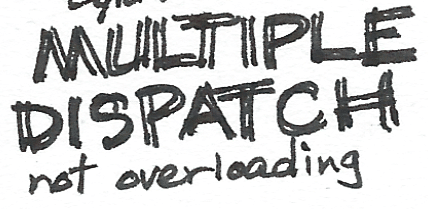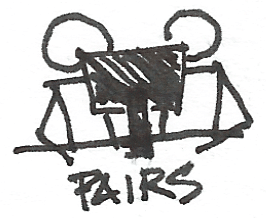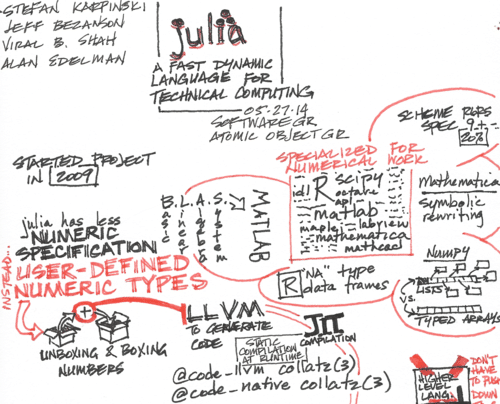Article summary
When I went to college, I had no idea how to take notes, so I did what I thought I was supposed to do: I wrote everything down. For four years of college, I wrote paragraphs and outlines of class lectures, and other than studying for tests, I never looked at those notes again. When I graduated and said goodbye to all those lectures and tests, I stopped taking notes. Life’s tests, after all, are open-book.
But last October I started taking notes again. Midwest UX was held here in Grand Rapids, and one of the workshops was titled “Drawing What You Mean – In Real Time”. The presenter, MJ Broadbent, revealed the secrets of a kind of note-taking I had never heard of. It was called sketchnoting, and I was shocked that no one had told me about it sooner.
If you’ve ever sat down at a presentation to take notes, only to get up at the end and find your notebook has more meaningless doodles than presentation content, then sketchnoting is for you. All you have to do is make those doodles a bit more meaningful, and isn’t difficult. Broadbent shared a number of sketching techniques that add character and meaning to doodles. Here are a few highlights.
Double-Lined Lettering
 In The Sketchnote Handbook, Mike Rohde’s suggests varying typography in your sketchnotes. Don’t just write notes; make important words bold or BIG or flowery. A quick, easy way to make bigger, bolder letters is to draw each stroke of each letter twice.
In The Sketchnote Handbook, Mike Rohde’s suggests varying typography in your sketchnotes. Don’t just write notes; make important words bold or BIG or flowery. A quick, easy way to make bigger, bolder letters is to draw each stroke of each letter twice.
i-People
 My wife is an artist, and when people ooh and ahh over her work, they often say, “All I can draw is stick figures.” Fortunately, that’s all the drawing ability you need!
My wife is an artist, and when people ooh and ahh over her work, they often say, “All I can draw is stick figures.” Fortunately, that’s all the drawing ability you need!
One of Broadbent’s most useful tips was i-people, an upgrade to stick people that are no harder to draw but yield a lot more possibilities. It’s tough to put clothes on a stick person, but a i-person is a natural fit for a suit or a robe or a superhero costume. You can also position the head over the body in different ways to suggest different emotions. There’s a great example of i-people on this blog post by Sacha Chua.
Color
 Don’t use too many colors. It’s more likely to be distracting than it is to add meaning to your notes. You can always add color afterwards. But it can be helpful to have an accent color — especially a marker or highlighter — that you can use to add emphasis to letters, draw bubbles around groups of ideas, or connect thoughts with lines or arrows.
Don’t use too many colors. It’s more likely to be distracting than it is to add meaning to your notes. You can always add color afterwards. But it can be helpful to have an accent color — especially a marker or highlighter — that you can use to add emphasis to letters, draw bubbles around groups of ideas, or connect thoughts with lines or arrows.
Further Resources
It’s okay to be bad at sketchnoting. They’re notes, so they only have to make sense to you. Practicing develops confidence, so look for opportunities to sketchnote. You can sketchnote presentations at work, presentations at meetups, meetings, lectures, sermons, group discussions, commencement speeches, phone calls, television shows, family vacations—whatever you like.
If you’d like to learn more about sketchnoting, here are several resources to help.

